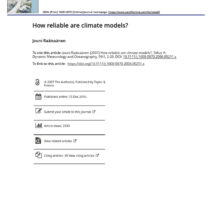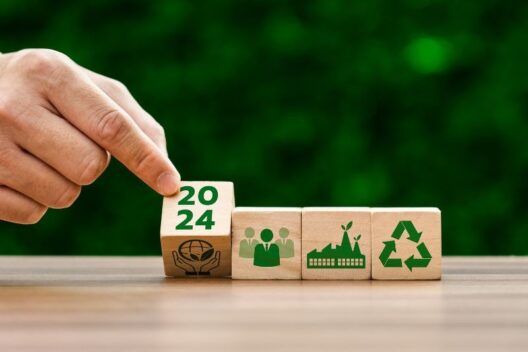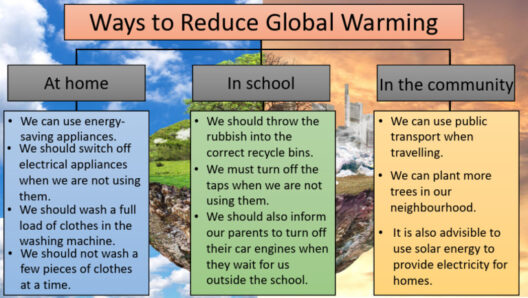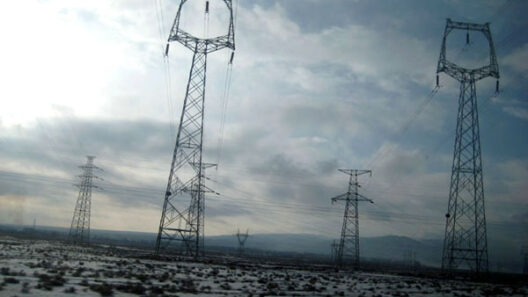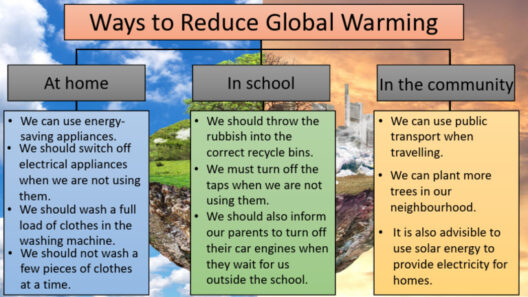As the specter of climate change looms larger than ever, one of the most pressing questions confronting humanity is whether we collectively comprehend the substantial role that human activities play in global warming. Despite extensive research and scientific consensus, public perception remains a labyrinthine enigma, with many individuals oscillating between skepticism and acceptance. This article delves into the profound intricacies surrounding humans’ role in climate change, drawing attention to the urgency of distinguishing scientific fact from popular misconception.
To embark on this exploration, it is vital to first delineate the concept of global warming. Global warming refers to the long-term rise in Earth’s average surface temperature due to the greenhouse gases emitted by human activities. This phenomenon is unequivocally linked to anthropogenic emissions, primarily carbon dioxide and methane, which are results of fossil fuel combustion, deforestation, and industrial processes. The fundamental issue is not merely the increase in temperature, but the ramifications this entails for ecosystems, weather patterns, and sea levels, all of which exacerbates existing challenges.
A plethora of studies, underpinned by rigorous scientific methodologies, have established a comprehensive understanding of the mechanisms through which human activities contribute to climate change. The Intergovernmental Panel on Climate Change (IPCC), an authoritative body comprising the leading climate scientists worldwide, has articulated with high confidence that over 95% of climate scientists endorse the view that human actions are driving global warming. Yet, despite this overwhelming scientific directive, public confusion persists. This raises an intriguing inquiry: Why do so many individuals appear oblivious or reluctant to accept these findings?
One primary avenue of this disconnect lies in the vast chasm between scientific communication and public understanding. The language employed by scientists can often veer into the jargon-laden territory, creating barriers for laypeople who lack a scientific background. Furthermore, misinformation proliferates rapidly, often gaining traction through social media platforms. Pseudoscientific narratives misrepresenting climate data can impede public comprehension, compounding the challenge of fostering a well-informed populace. It begs the question: How do we bridge this divide and cultivate a climate-literate society?
Education emerges as a crucial pillar in this endeavor. Raising awareness begins at an early age, embedding climate literacy within school curricula to foster understanding about environmental sciences. It is imperative to create educational frameworks that empower students with knowledge about the intricacies of climate dynamics and the human factors involved. However, such efforts must also extend beyond formal education, reaching adult populations through public campaigns and community-oriented programs. The goal is to engender a cultural milieu in which discussions about climate change are as commonplace as debates about political issues.
Another essential aspect to consider is the psychological dimension of climate change perception. Cognitive dissonance, a psychological phenomenon where individuals experience distress from holding conflicting beliefs, plays a significant role. For many, acknowledging the reality of human-induced climate change necessitates a fundamental re-evaluation of their lifestyles and consumer habits. Such a profound adjustment can be daunting, leading individuals to reside comfortably in a state of denial rather than confront the uncomfortable truths of their carbon footprints. This can result in a significant number of individuals receding into the shadows of skepticism, misinformed by narratives that downplay the urgency of the crisis.
Moreover, socio-political factors further complicate the public’s understanding of climate change. Polarization of opinions along party lines has resulted in climate activism being mischaracterized as a polarized issue rather than a universal concern. Individuals often align their beliefs with those of their political affiliations, leading to entrenched views that resist change. This dynamic fosters an environment where scientific consensus may be dismissed or derided. Thus, engaging diverse audiences through bipartisan approaches, emphasizing shared values around prosperity, health, and future generations, can prove effective in shifting public perception.
In addition, narratives grounded in personal impact can churn curiosity and catalyze action. Statistics and data have their place, but stories that evoke emotional responses resonate more profoundly with individuals. Local examples of climate impacts—such as increased flooding, persistent droughts, or shifts in local wildlife populations—personalize the issue, making it more tangible. Encouraging individuals to share their own narratives about climate impacts can establish common ground, converting abstract concepts into relatable experiences. This strategy not only nurtures an understanding of the human connection to climate change but also fosters a sense of urgency and individual responsibility.
The incorporation of art and creativity into climate discourse can also substantially enhance public engagement. Artistic expressions, whether through film, visual arts, or music, can capture the essence of climate narratives and evoke powerful emotions. By employing innovative storytelling techniques, creatives have the potential to elicit heightened awareness and empathy, compelling individuals towards action. The power of creativity cannot be underestimated in its ability to shift the narrative framework surrounding climate change.
To culminate, the question of whether people truly understand the extent to which humans are causing global warming is intricately interwoven with the complexities of communication, education, psychology, and culture. While a substantial body of scientific evidence identifies humanity as a primary architect of climate change, public consciousness exhibits a disheartening disjunction. Bridging this gap necessitates collaborative efforts across multiple sectors—educators, scientists, policymakers, and creatives—harnessing the collective potential to inform, engage, and inspire action. Only through comprehensive understanding and united resolve can we mitigate the looming threats of climate change and pave the way towards a sustainable future.

